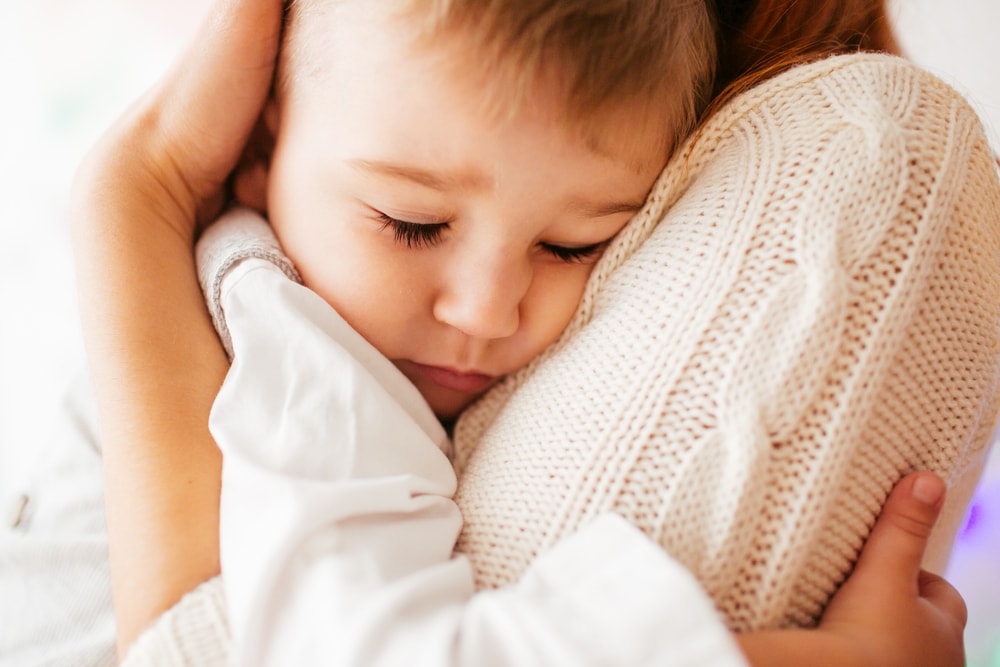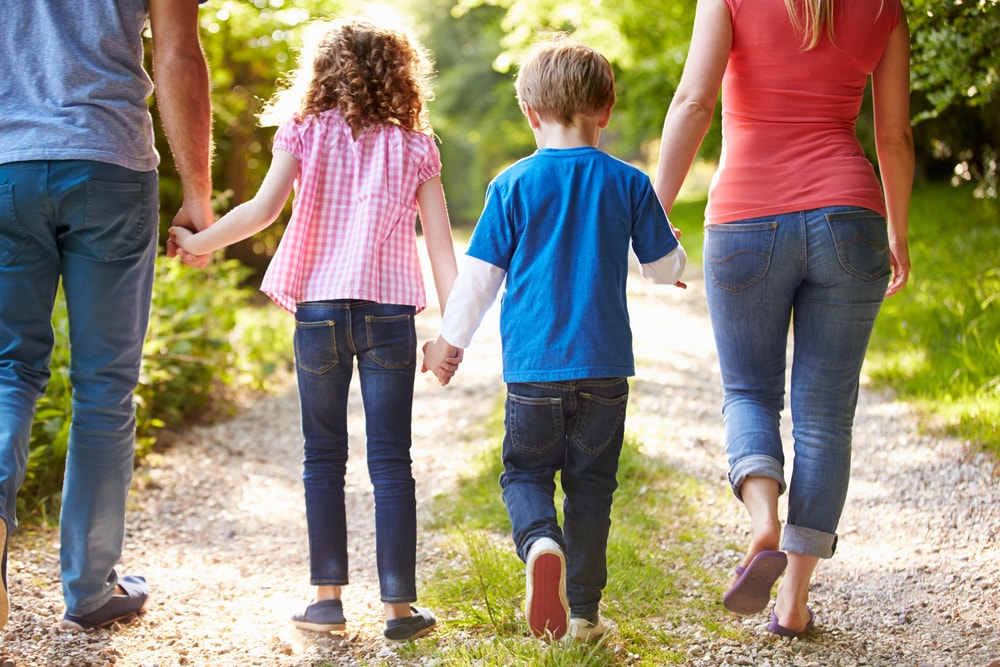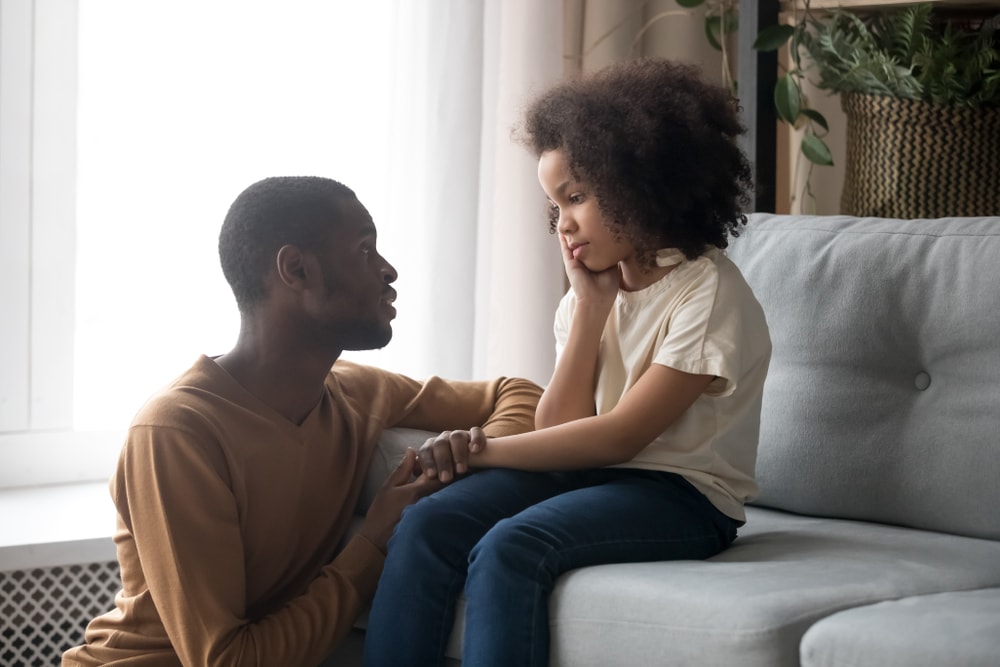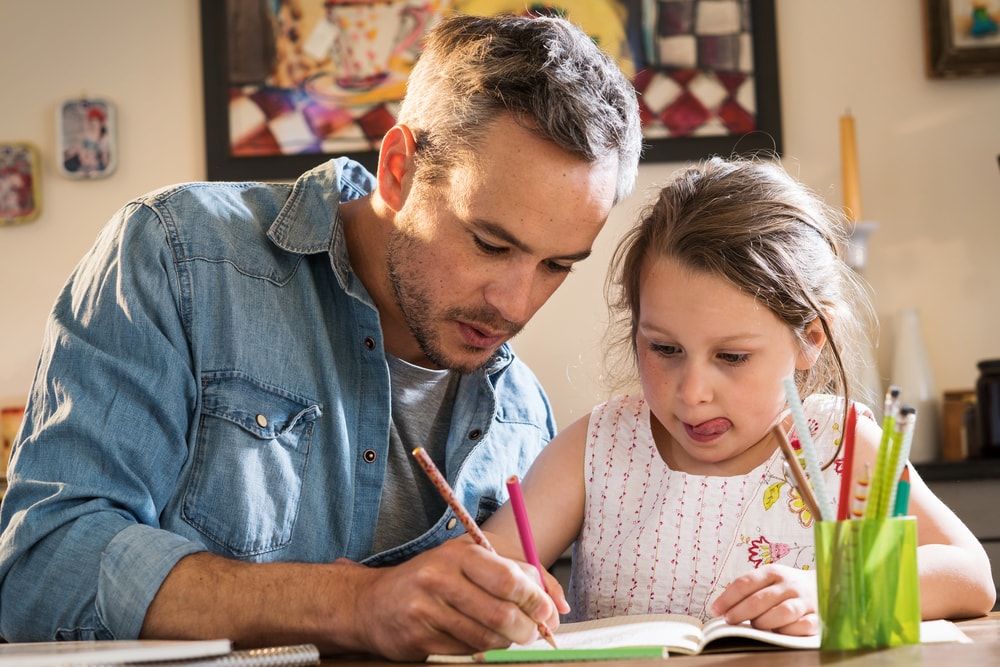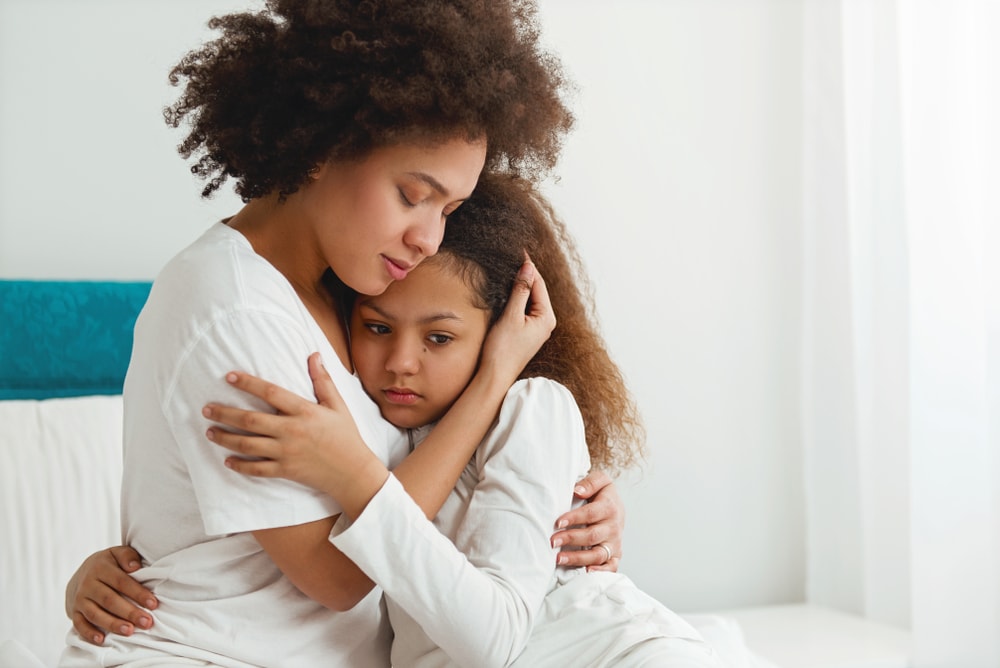
A child you care about is dying. You want to offer your love and care, but you’re not sure how to go about it. Whether you are a parent, friend, or caregiver, may this guide help you turn your care and concern into action.
When a Child is Dying
In our hearts, we all believe that children aren’t supposed to die. As much as we wish otherwise, the sad truth is that children do die. Confronting this difficult reality is the first step you can take toward helping a dying child. It’s going to take time, so for now, try to accept the reality of the child’s medical condition, if only with your head. You will later come to accept it with your heart.

As you navigate through a heartbreaking situation, may these 10 insights serve as a guide to loving a child (and their family) through one of life’s most difficult times…the loss of a child.
1. Don’t Underestimate the Child’s Capacity to Understand
Children have the capacity to understand more than we give them credit for. Like adults, they deserve our respect and compassion—and our honesty. Sometimes adults, in an effort to protect themselves, assume that children are incapable of understanding or should be protected from the truth. These adults often don’t talk directly to dying children about their prognoses, which can leave the children feeling alone and isolated.
Children can cope with what they know. They can’t cope with what they don’t know. Dying children deserve an atmosphere that creates open, two-way communication. Many terminally ill children will go back and forth between wanting to know details about their illness and not wanting to acknowledge they are even sick. It is critical to follow the child’s lead. Always listen first as you participate in open dialogue about any feelings, concerns, or questions they might have. If they ask something and you don’t know the answer, simply say, “I don’t know.”
2. Be Honest with the Child About Their Coming Death
As the child comes to comprehend their illness and its severity, explain to them that they will likely die, making sure to use language they will understand. The conversation may be the hardest thing you have ever done, but honest love is what a dying child needs most.
Depending on their age and developmental maturity, they may not immediately (or ever) fully understand what their illness means. But they will begin to incorporate the notion of death into their remaining life and will have the opportunity to think about it and ask questions. They will also have the privilege of saying goodbye.
Do not try to protect the child by lying about their condition. If a dying child is told they are going to get better but everyone around is acting down and defeated, they will notice. This may make the child feel confused, frustrated, and perhaps angry.
Instead, show your love and respect by being honest and open with them and helping them understand that they are dying.
3. Encourage Open Communication, But Do Not Force It
As caring adults, we should encourage honest communication between the child, caregivers, family, and friends. However, we should never force it. Children will naturally “dose” themselves as they encounter the reality of the illness in their life. In other words, they will accept the reality of their circumstances in small doses over time. They aren’t able to take all the information in at once, nor will they want to.
Answer only what the child asks. Don’t overrespond out of your own anxiety. Remember—children will determine with whom they want to share their pain. Often, a child wants to protect their parents or other close adults and will adopt a “chin up” attitude around them. This is a normal response and should be respected.
4. Watch for the Child’s Indirect Communication
Children, particularly seriously ill children, are not always direct about their thoughts and feelings. They may make statements, display behaviors, or ask questions that indirectly suggest their understanding or awareness of the situation. These cues reflect underlying needs and deserve loving responses. Pay special attention to the child’s non-verbal means of trying to communicate any needs or concerns.
5. Tune In to the Dying Child’s Emotions
Aside from the considerable physical toll terminal illness can take, dying also affects a child’s head, heart, and spirit.
While you shouldn’t guess at or make assumptions about a child’s feelings, do be aware that they may experience a variety of emotions. Fear, anxiety, anger, sadness, and loneliness are just a few of the emotions they may feel—one at a time or simultaneously.
These feelings are a natural response to serious illness. Don’t try to help the child “get over” these feelings; simply enter into their feelings and validate them.
6. Help the Dying Child Live to the Fullest
Terminal illness presents human beings with an exceedingly difficult and contradictory challenge: you are dying, you know you are dying, yet it is your nature to want to live. Dying children often feel this tension, too. If the adults around them have been honest, they understand that they will soon die, but they still want to live and laugh and play as often as they can.
Help the dying child live happily. Do what is in your power to make them comfortable. Create special, memorable moments. Don’t completely abandon your normal routine (this may make the child feel out-of-control and unprotected) but do work to make each remaining day count. Above all, spend time with them. Make sure that the people who mean the most are around as often as possible.

Peer relationships are very important to children, and the illness will likely create some social and physical barriers to these friendships. When possible, nurture the child’s friendships when possible. Arrange a special party. Make play dates with one or two best friends. Help two children write letters back and forth when personal contact isn’t possible.
7. Take Advantage of Resources for the Dying
Local hospices are well-staffed and trained to help both a dying child and their family. The hospice’s mission is to help the dying die with comfort, dignity, and love, and to help survivors cope both before and after the death. Other organizations, like the Make-A-Wish Foundation, help dying children find joy in their remaining lives.
8. Support Parents and Other Important Adults in the Child’s Life
A child’s terminal illness naturally impacts everyone who loves the child. Not only should you be supportive of the child, you should also be available to support and nurture other family members and close friends through the grief and stress of the situation. The adult’s response to the illness will influence the child’s response. So, in supporting adults, you are supporting the child.
Perhaps you can be a caring companion to the family and help in practical ways. Offer to provide food for the family, wash clothes, or clean the house. Listen when they need to talk. Sit with the ill child to give parents a break. Offer to babysit the other children in the family. While words may be inadequate, your supportive behavior will be remembered forever.
9. Don’t Forget Siblings
Don’t forget the impact a dying child’s illness is having on their siblings. Because so much time and attention are focused on the dying child, his brothers and sisters may feel emotionally abandoned. Go out of your way to ensure their needs are also being met.
10. Embrace Your Spirituality
If faith is part of your life, express it in ways that seem appropriate to you. During this difficult time, you may find comfort and hope in reading spiritual texts, attending religious services, or praying. Allow yourself to be around people who understand and support your religious beliefs.
A Final Word
All children, terminally ill or not, have the right to be nurtured, to be children, and to make choices that impact their lives. There is nothing more difficult for families than confronting the death of a child. As caring adults, we have a responsibility to maximize the quality of life for the child, the family, and friends. May these 10 insights help you lovingly care for each person affected by the death of a child.
*Based heavily on a brochure by Dr. Alan Wolfelt called Helping a Child Who is Dying. Dr. Alan Wolfelt is a respected author and educator on the topic of healing in grief. He serves as Director of the Center for Loss and Life Transition and is on the faculty at the University of Colorado Medical School’s Department of Family Medicine. Visit www.centerforloss.com to learn more about helping children in grief. Published with permission.




















































